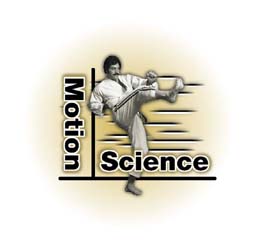21 Steps to Martial Arts Excellence
Learn the Principles of Motion Science and Master Your Art

Dennis J. Nackord
Professor of Motion Science™
| 9th Degree Black Belt (Master)--The Nackord Kenpo Karate System (est. 1969) | |
| 9th Degree Black Belt (2008)--Joe Lewis American Karate Systems | |
| 6th Degree Black Belt (1986)--Ed Parker (deceased) IKKA |